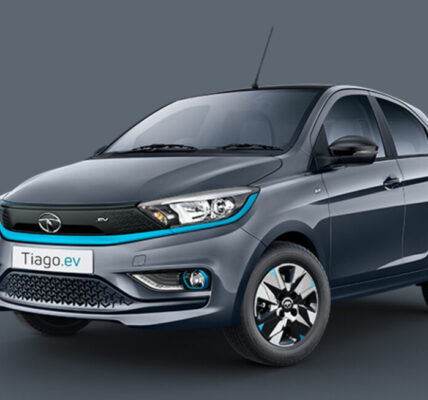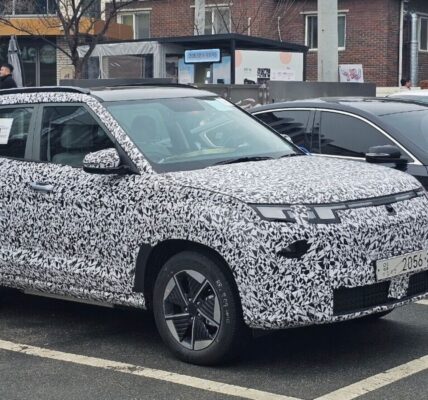India’s electric vehicle (EV) sector is entering a transformative phase. With nearly 1.4 lakh EVs estimated to be sold in 2025—a 40% jump over 2024—the push for clean mobility is strengthening. Battery electric vehicles (BEVs) are dominating the passenger EV space, while fuel cell EVs and plug-in hybrids are yet to find ground.
SUVs, especially compact ones, continue to lead EV adoption. Tata Motors remains at the forefront, with its models like the Punch, Tiago, and Nexon EVs driving volume. Mahindra, MG Motor, and BYD are also reinforcing their presence with aggressive product plans and localisation strategies.
Government-led schemes such as FAME II, PLI for Advanced Chemistry Cell (ACC), and PM eBus Sewa are helping shift focus from direct purchase incentives to manufacturing and supply chain development. The PM eDrive scheme is further promoting commercial EV adoption, while recent import duty reforms are opening doors for global OEMs like Tesla and VinFast.
Despite this progress, India’s EV ecosystem faces challenges in battery cell production, R&D for alternate chemistries, and sourcing of critical materials like lithium and cobalt. OEMs are now increasingly exploring tariff engineering, B2B partnerships, and localisation of core EV components like battery packs, thermal systems, and power electronics.
Key highlights:
1. India’s passenger EV sales are projected to grow by ~40% in 2025, reaching ~138,000 units.
2. SUVs and subcompact SUVs dominate EV sales, led by Tata, MG, Mahindra & BYD.
3. Policy push is working: FAME II, PLI schemes and the PM e-Bus Sewa are shaping adoption, localisation, and cost competitiveness.
4. Charging infra is scaling fast with over 25,000 public chargers installed across India.
5. India’s EV ecosystem is rapidly localising: Domestic manufacturing of battery packs and motors has increased by over 50% since 2022.
6. Shared mobility players (like BluSmart, Lithium Urban) are expected to drive 40% of EV fleet demand by 2030.
7. Battery innovation, recycling and 800V architecture to drive next-gen EV performance and affordability.
India is on track to become a global EV manufacturing hub, with increased localization and advanced cell development.
By 2030, India’s passenger EV sales are forecasted to touch 7 lakh units annually. This growth hinges on technology upgrades, battery recycling, smarter assembly lines, and a stronger EV charging infrastructure—expected to hit a ratio of one charger for every five EVs.
India’s EV journey is not just about scaling production but also about achieving price competitiveness, supply chain security, and market resilience. OEMs are aligning their portfolios with both urban and rural demands while preparing for the entry of hybrids and alternate fuel combinations like ethanol+battery.
As global and local players recalibrate strategies, the Indian EV story is unfolding into one of market maturity, strategic collaborations, and regional playbooks. The race is heating up—and it’s just the beginning.







